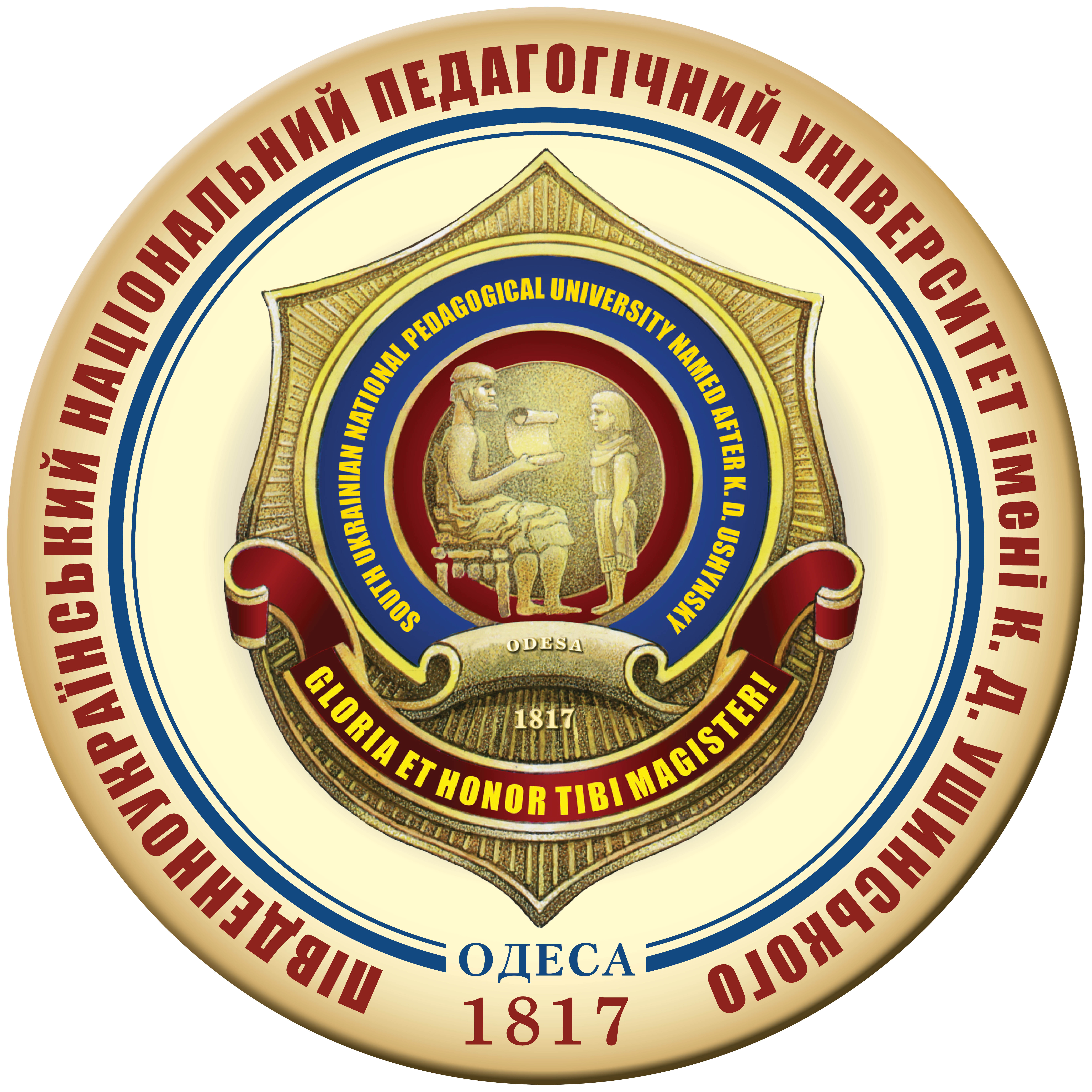ANALYSIS OF THE IMPACT OF AGE-RELATED CHANGES ON CARDIOVASCULAR AND RESPIRATORY PARAMETERS IN OPERATIONAL-LEVEL OFFICERS
DOI:
https://doi.org/10.24195/olympicus/2023-3.19Keywords:
military personnel, functional state, heart rate variability, age-related changes.Abstract
In this scientific study, a comparative analysis of the functional state of the cardiovascular and respiratory systems was conducted in two age groups of officers at the operational level. The participants were two groups of operational level officers of two different ages: the first group of 99 persons in the first period of adulthood (average age 32.0 ± 2.4 years) and the second group of 102 persons in the second period of adulthood (average age 40.6 ± 3.1 years). Materials and methods. The study included the use of physiological methods, functional tests and assessment of heart rate variability. Mathematical statistics methods, including descriptive statistics and significance criteria. Research results. Analysis of blood pressure indicators revealed statistically significant differences between the two age groups of operational level officers (p < 0.001 and p < 0.01). In terms of resting heart rate, no statistically significant differences were found between the two groups of officers (p > 0.05). According to the results of the comparative analysis, it was established that officers of both age groups have a similar reaction to hypoxia conditions (p > 0.05). Officers show similar results in breath tests (Stange and Hench tests), these indicators of lung vital capacity also exhibit a significant difference (p < 0.05). The results of the study indicate a statistically significant difference (p < 0.001 and p < 0.05) in heart rate variability indicators between officers of the two age groups. Conclusion. The obtained results emphasize the importance of understanding and taking into account age characteristics for the justification and development of professional physical training programs of operational level officers.
References
Гостєєва Т.В. Особливості адаптаційного потенціалу професійного резерву ОВС. Вісник Національного університету оборони України. 2013. № 5(36). С. 195–200.
Кузьминчук А.П., Градусов В.О. Визначення та оцінка фізичної працездатності студентів-баскетболістів. Слобожанський науково-спортивний вісник. 2016. Том 2, Випуск 52. С. 61–64. DOI: 10.15391/snsv.2016-2.010.
Лисенко О., Федорчук С. Реакція кардіореспіраторної системи за умов фізичних навантажень різного характеру в залежності від фізіологічної реактивності і стомлення. Спортивна наука та здоров’я людини. 2019; № 2: С. 27–32.
Михайлюк Є.Л. Функціональні проби в спортивній медицині : метод. рекомендації. Київ, 2005. 38 с.
Неханевич О.Б. Ознаки дезадаптації серцево-судинної системи до фізичних навантажень за даними варіабельності серцевого ритму. Вісник проблем біології і медицини. 2014. Вип. 1(106). С. 317–320.
Петрачков О., Ярмак О. Аналіз показників кардіореспіраторної системи офіцерів оперативного рівня Збройних Сил України. Фізична культура, спорт та здоров’я нації. Зб. наук. пр. 2023. № 15(34). С. 449–458.
Петрачков О, Ярмак О. Аналіз стану варіабельності серцевого ритму офіцерів оперативного рівня Збройних Сил України. Вісник Кам’янець-Подільського національного університету імені Івана Огієнка. Фізичне виховання, спорт і здоров’я людини. 2023. № 28(1). С. 45–51. URL: https://doi.org/10.32626/2309-8082.2023-28(1).45-51.
Петрачков О.В. Вплив факторів на ефективність процесу бойової підготовки військовослужбовців Сухопутних військ. Науковий вісник Національного університету біоресурсів і природокористування України. 2013. № 192(2). С. 66–72.
Петрачков О.В. Фізична підготовка як фактор прискореної адаптації військовослужбовців до бойової діяльності в умовах жаркого клімату. Вісник Національного університету оборони України. 2014. № 6(43). С. 135–138.
Шиць А.М., Березовський В.А., Мостовий С.Є. Варіабельність серцевого ритму в оцінці стану серцево-судинної системи у військовослужбовців Збройних Сил України із зони проведення антитерористичної операції з супутнім посттравматичний стресовим розладом. Сучасні аспекти військової медицини. 2016. № 23. С. 232–244.
Clemente-Suarez VJ, Palomera PR, Robles-Pérez JJ. Psychophysiological response to acutehigh- stress combat situations in professional soldiers. Stress Health. 2018. № 34(2). С. 247–252. DOI: 10.1002/smi.2778.
Corrigan SL, Roberts S, Warmington S, Drain J, Main LC. Monitoring stress and allostatic load in first responders and tactical operators using heart rate variability: a systematic review. BMC Public Health. 2021. № 18–21(1). С. 1701. DOI: 10.1186/s12889-021-11595-x.
Da Silva VP, de Oliveira NA, Silveira H, et al. Heart rate variability indexes as a marker of chronic adaptation in athletes: a systematic review. Annals of Noninvasive Electrocardiology. 2015. № 20(2). С. 108–118.
Garcia-Tabar I, Llodio I, Sánchez-Medina L, et al. Heart rate-based prediction of fixed blood lactate thresholds in professional team-sport players. Journal of Strength & Conditioning Research. 2015. № 29(10). С. 2794–2801.
Lehrer PM, Vaschillo E, Vaschillo B, Lu SE, Scardella A, Siddique M, Habib RH. Biofeedback treatment for asthma. Chest. 2004. № 126(2). С. 352–361.
Letnes JM, Nes BM, Wisløff U. Age-related decline in peak oxygen uptake: Crosssectional vs. longitudinal findings. A review. Int J Cardiol Cardiovasc Risk Prev. 2023 Jan 13 № 16. С. 200171. DOI: 10.1016/j.ijcrp.2023.200171.
Martins LCX. The hypertension, physical activity and other associated factors in military personnel: A cross-sectional study. Baltic Journal of Health and Physical Activity. 2018. № 10(4). С. 162–174. DOI: 10.29359/BJHPA.10.4.15.
Milani M, Milani JGPO, Cipriano GFB, de Castro I, Cipriano Junior G. Reference Standards for Cardiorespiratory Fitness in Brazil: A pooled analysis and overview of heterogeneity in national and international studies. J CardiopulmRehabil Prev. 2022. 1. № 42(5). С. 366–372. DOI: 10.1097/ HCR.0000000000000690.








